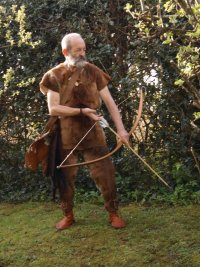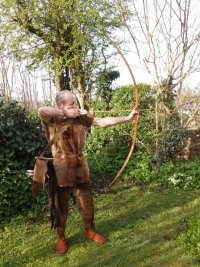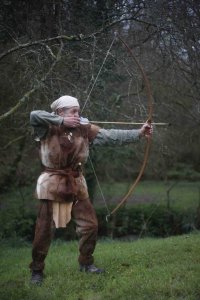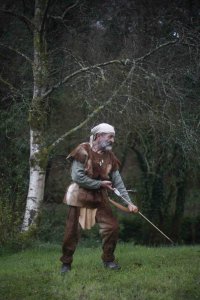Hi All, just as a nice ending to this thread….
On our return from a few days in Cornwall, we found a package in our safe delivery place. I immediately asked the missus if she’d been ordering stuff online again , but I was assured that she hadn’t. Then on getting back online I found I had a PM from our esteemed Mr Fenna, asking if I’d received anything .
.
It turned out he was very happy with his bow and had sent me a gift in return, as well as a donation to his fave children’s charity. I opened the parcel, and he’d sent me a superb leather bag:
Which, on testing, is just the right size for my rabbiting kit - 6 small nets, a lock knife (already inside), a small bottle of hand wash gel, and a pair of leather gloves. I’m out of extra strong mints but they will be replenished….
So many thanks John, the bag is a genuinely useful gift that will see a lot of use!
Cheers, Bob
On our return from a few days in Cornwall, we found a package in our safe delivery place. I immediately asked the missus if she’d been ordering stuff online again , but I was assured that she hadn’t. Then on getting back online I found I had a PM from our esteemed Mr Fenna, asking if I’d received anything
It turned out he was very happy with his bow and had sent me a gift in return, as well as a donation to his fave children’s charity. I opened the parcel, and he’d sent me a superb leather bag:
Which, on testing, is just the right size for my rabbiting kit - 6 small nets, a lock knife (already inside), a small bottle of hand wash gel, and a pair of leather gloves. I’m out of extra strong mints but they will be replenished….
So many thanks John, the bag is a genuinely useful gift that will see a lot of use!
Cheers, Bob




